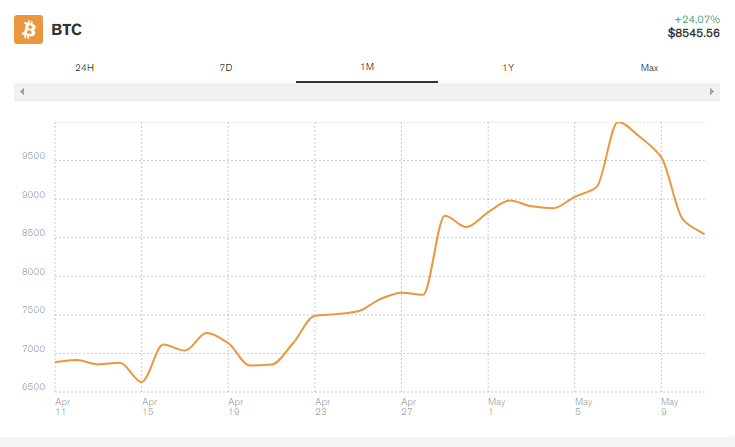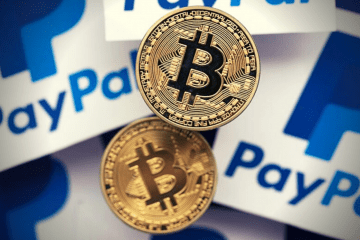The Bitcoin halving is here. Are you ready?
After a four-year countdown and months of speculation, the Bitcoin halving is about to happen. At 8 pm UTC (3 pm ET) today, the new supply of Bitcoin will drop by 50%, meaning there are few satoshis being created each day.
There’s a lot of pressure on this year’s halving. Bitcoin proponents have spun two narratives around it: The event will lead to a boom in prices, or Bitcoin will become more like gold in its scarcity and stability. Below we explore the ideas behind both, and what happens if neither comes true.
Time for a Bitcoin bull run
After the halving, many Bitcoiners are hoping to see the price of Bitcoin go on a new bull run, break new highs, and hit ambitious targets like $288,000 by 2024, $250,000 this year, or even $1 million in the near future. But what are these predictions based on and are they likely?

Part of it is looking at historical data. When you look at the past two halvings, they both preceded bull runs. Take 2016, just a year later Bitcoin hit $20,000 and attracted global media coverage.
The other part is the stock-to-flow ratio. That is, the difference between the amount of Bitcoin being produced and the amount in circulation. If demand stays steady, and the new supply of coins shrinks, then, in theory, this should put upward pressure on the price.
But there are challenges. There are signs that this latest activity—with Bitcoin’s price rebounding from $4,500 to $10,000, before reversing to $8,600—is not being led by a new surge of interest from retail buyers. While the number of people signing up to exchanges is growing, they are nowhere near the surges seen in late 2017. And considering that 2017’s bull run was largely led by retail investors—this could be a worrying sign.
This isn’t pic.twitter.com/4R81ptUEMl
— Larry Cermak (@lawmaster) May 8, 2020
There are also difficulties on a technical level too. The Bitcoin halving will cut the revenue for Bitcoin miners in half. This will largely eliminate retail miners, putting mining solely in the hands of large mining farms with the latest mining rigs. But, if miners drop off the network, the security of the network will get weaker, unless the price doubles to compensate, which isn’t guaranteed at all.
At the same time, fees are shooting up. A large flurry of traders and buyers has pushed up the number of Bitcoin transactions, causing fees to rise in response. A side effect of the halving, which will reduce income for miners, might be an additional rise in fees as miners need additional income to support their mining operations. If it happens, it could make the network even more expensive and slower to use. But the jury’s out on whether that will happen.
In all, there’s a lot of bullish sentiment but little more than hope backing it up. A big bull run will vindicate the bullish—but only if it actually materializes.

Source: decrypt.co


